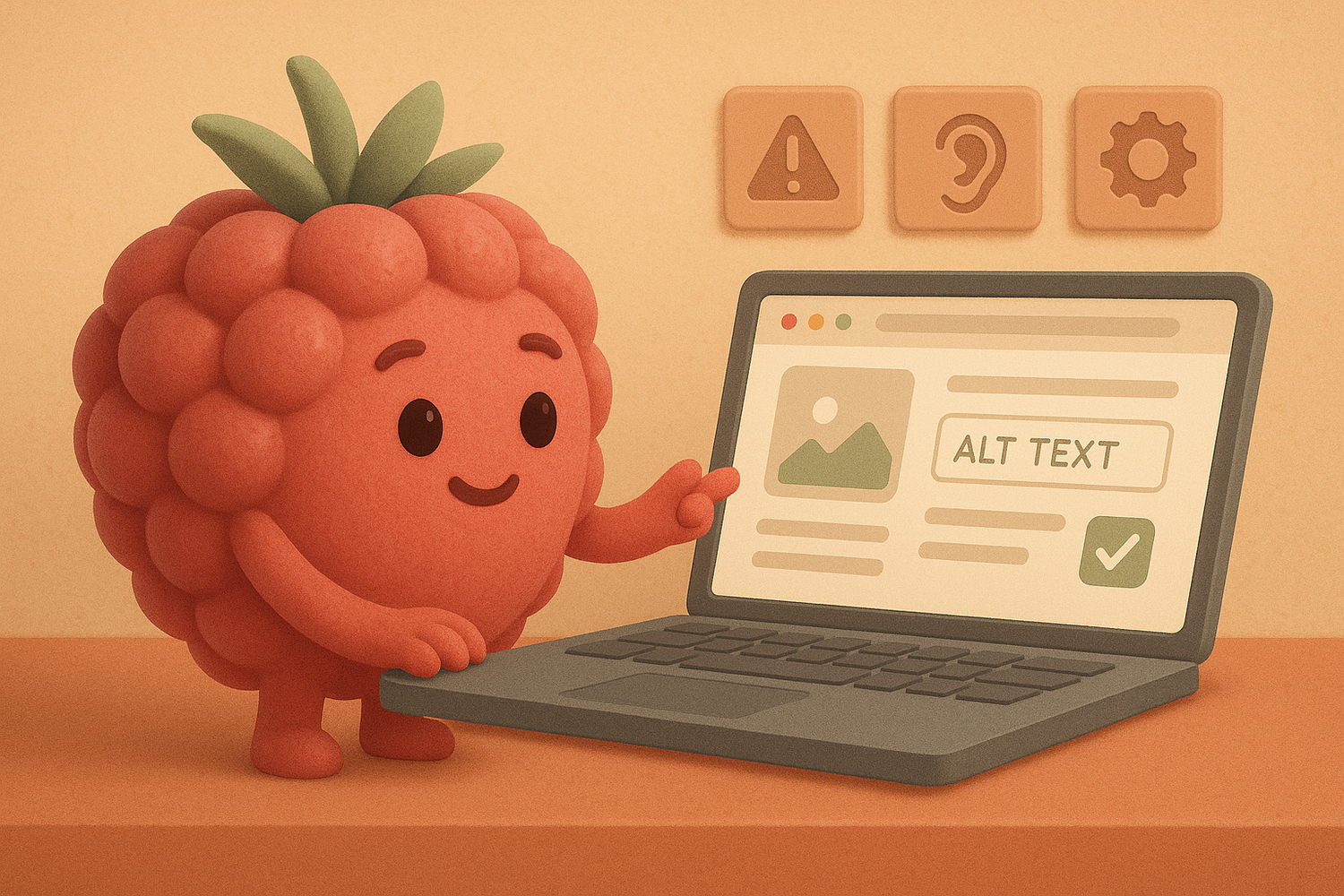ALT texts are essential for accessibility and search engine optimization. But the larger your product catalog becomes, the harder it gets to describe every image properly. What works manually in small shops quickly reaches its limits when you're dealing with thousands of visuals.
Accessibility and SEO are often overlooked
Many online stores use thousands of images – from product shots to close-ups and lifestyle visuals. Yet ALT texts are often missing or replaced with generic placeholders like “Image_123.jpg”. The consequences:
✓ Screen readers can’t interpret the content
✓ Google can’t understand the context of the image
✓ Legal accessibility requirements aren’t met
In e-commerce, that’s wasted potential.
How to scale ALT text generation
The key is combining clear rules, structured data and automation. Instead of writing each ALT text manually, you can use existing product data – such as type, material, color or perspective – as building blocks for text generation.
With well-maintained data, templates and AI-powered workflows can be used to create automated, context-aware ALT texts. This ensures content quality at scale without becoming a bottleneck in your publishing process.
Automating ALT texts in Shopify
Shopify offers robust features for generating and managing ALT texts in a structured way. These include:
- Metafields to store structured product data like color, material or usage
- Admin and Media APIs to automate updates and manage image content
- Custom workflows to generate text based on defined templates
For example, a product with metafields for “material,” “color” and “perspective” can be used to generate an ALT text like:
“{Product type} made of {material} in {color}, photographed from {perspective}.”
This approach can also be adapted for multilingual shops by adding translation-specific fields or integrating automated translation flows.
Conclusion: Good ALT text requires good process
Implementing accessible image descriptions at scale is entirely possible – with the right setup in place. Those who build structure and automation into their content workflows gain long-term benefits:
✓ ALT texts are consistent, meaningful and WCAG-compliant
✓ SEO potential is systematically unlocked
✓ Manual repetition is minimized
Accessibility shouldn’t fail because of scale – it starts with a commitment to quality through thoughtful processes.
